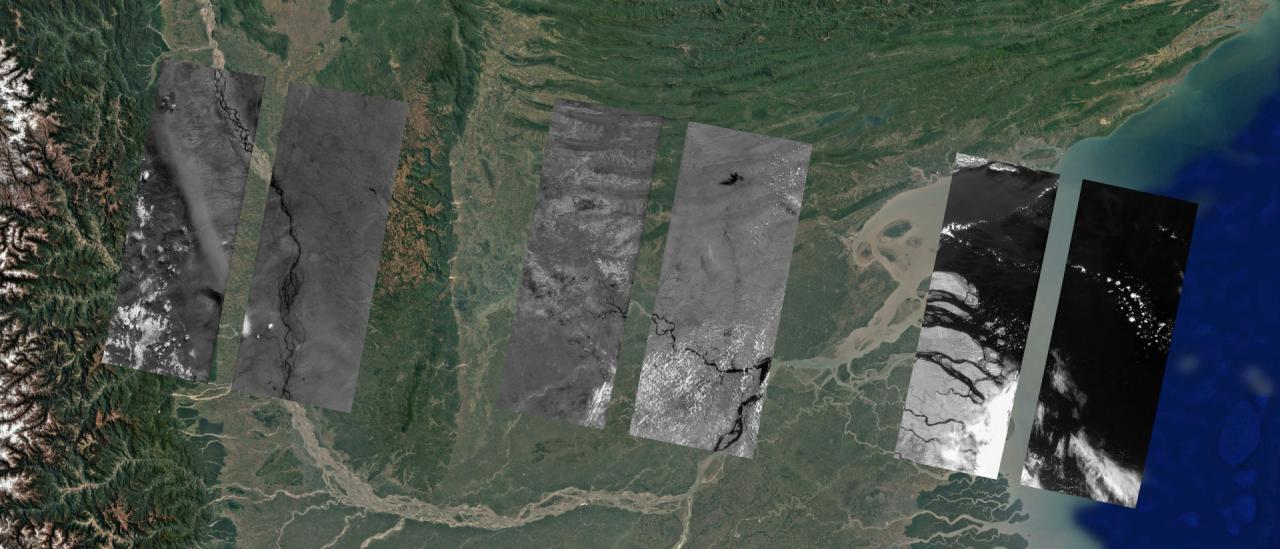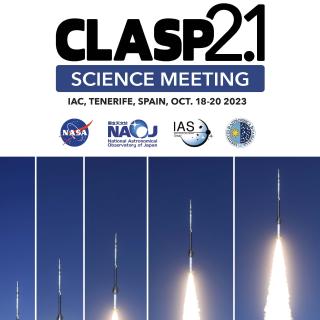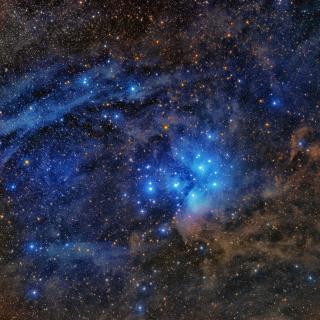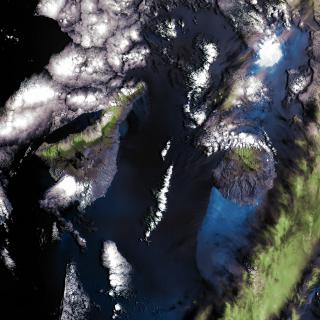
Development of optical payloads for micro-satellites for Earth observation from low orbits.
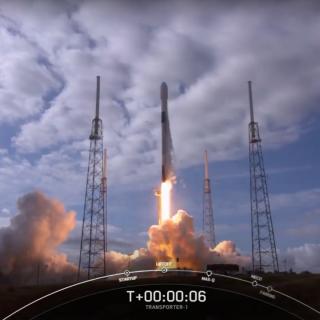
This afternoon the DRAGO infrared camera, developed by the team at IACTEC-Space, of the Instituto de Astrofísica de Canarias (IAC), and integrated into the ION satellite carrier of the Italian company D-Orbit, has been successfully launched into space on Space X’s Falcon 9 rocket. The Transporter-1 mission, as it is called, was carried out without a hitch during the first hour of the launch window which opened at 15:00 h UTC, from Space Launch Complex 40 at Cape Canaveral Space Force Station in Florida (USA).
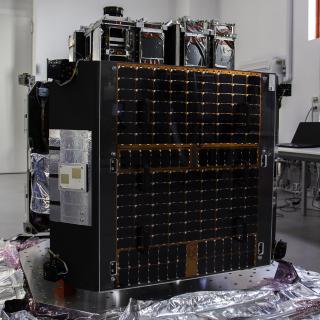
The IACTEC-Space programme of the Instituto de Astrofísica de Canarias (IAC) has signed an agreement with the Italian space tranporting company D-Orbit to integrate the payload of the DRAGO instrument into the ION Satellite Carrier. The aim of this project is to carry out in-orbit demonstration (IOD) operations during the next PULSE misión, which will take place in January 2021. The programme is carried out within IACTEC, the zone of technical and business collaboration of the IAC which is funded (Programme of Training) and infrastructure (IACTEC building) by the Cabildo Insular of Tenerife.
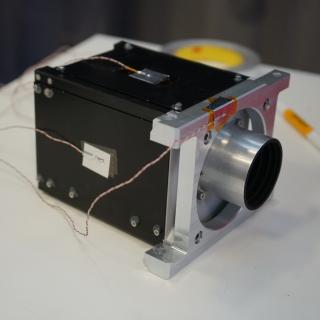
The flight model for the SWIR DRAGO camera, developed by the IACTEC-Space team at the Instituto de Astrofísica de Canarias (IAC), has successfully passed all the tests needed to be integrable into the ION satellite for launch into space next December, on SPACE-X’s FALCON 9 rocket. This project is a part of IACTEC, the area of technical and industrial collaboration of the IAC, which is supported financially (Capacitation programme) and in infrastructure (IACTEC building) by the Cabildo Insular (island government) of Tenerife.
